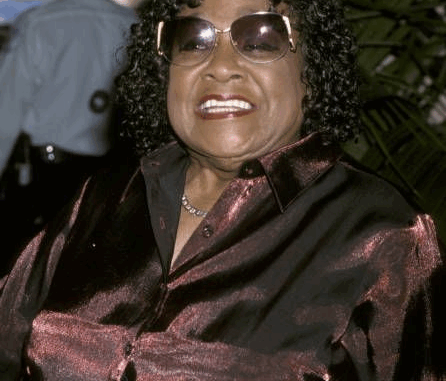
In the golden age of television, a few shows carved out legacies that continue to echo through pop culture today. One such gem is Sanford and Son, the 1970s sitcom that transformed a rundown junkyard into a stage for sharp wit, cultural commentary, and unforgettable characters. But what makes a show about a cranky old man and his patient son still resonate with audiences more than 50 years later?
Premiering on January 14, 1972, Sanford and Son was developed by Norman Lear and adapted from the British show Steptoe and Son. It starred Redd Foxx as Fred G. Sanford, a cantankerous, sharp-tongued junk dealer in the Watts neighborhood of Los Angeles, and Demond Wilson as his long-suffering and level-headed son, Lamont. With its simple setting—a junkyard cluttered with discarded goods—the show managed to turn trash into treasure.
Fred Sanford was more than just a grouchy old man with a fake heart attack routine. Redd Foxx’s portrayal brought a nuanced blend of comedy and cultural insight. With lines that cut deep and timing that was impeccable, Fred became the voice of a generation—grumbling, scheming, and stubbornly stuck in his ways. His frequent feigned heart attacks, punctuated by the line, “This is the big one! I’m coming to join you, Elizabeth!” (referring to his deceased wife), became a national catchphrase.
What made Sanford and Son groundbreaking wasn’t just its humor—it was its representation. The show was one of the first successful sitcoms with a predominantly Black cast. At a time when television was still finding its footing with diversity, Sanford and Son gave audiences a raw, unfiltered look into a working-class Black family. It tackled real issues: racism, gentrification, aging, and generational divides, all wrapped in laughter.
Behind the scenes, Redd Foxx brought a raunchy, nightclub-honed comedic style to mainstream TV. His presence pushed boundaries, often clashing with network standards, but also paving the way for future Black comedians like Richard Pryor, Eddie Murphy, and Chris Rock. In fact, many see Sanford and Son as a cultural bridge between the civil rights-era entertainment and the modern age of sitcoms.
Despite its enormous popularity—ranking in the top 10 Nielsen ratings for five of its six seasons—the show ended abruptly in 1977 due to contract disputes and Foxx’s departure. Still, its legacy endured. Reruns have introduced the show to new generations, and its format has been adapted around the world.
The dynamic between Fred and Lamont—part love, part frustration—is universal. Their generational disagreements mirror conversations happening in families today. And Fred’s constant get-rich-quick schemes, no matter how ridiculous, echo the eternal human hope of a better tomorrow, just one plan away.
So why does Sanford and Son still matter? Because beneath the jokes and the junk, the show was about resilience, love, and finding dignity in the most unexpected places. Fred Sanford may have been surrounded by scraps, but in his own way, he reminded viewers that everyone’s life—no matter how messy—is filled with value.
In a world chasing shiny new things, Sanford and Son is a reminder that sometimes, the real gold lies in the junk.
